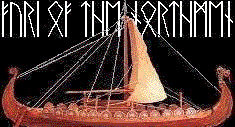I must say at first glance I thought the Carrobalista was a fantasy unit (no offence

) But I ran a quick search on the net and found:
From
http://legvi.tripod.com/id25.html
In fact, you can even see one on Trajans column
[img]http://penelope.uchicago.edu/Thayer/Images/Gazetteer/Places/Europe/Italy/Lazio/Roma/Rome/Trajans_Column/John_Pollen/13*.gif[/img]
Fig. 13.
The engine (of which this figure is from Vitruvius) is of the same nature as the last, but the motive power is different, and it is on a scale large enough to allow it to rank as a piece of artillery, and will be seen frequently sculptured on the column. When required for field artillery, or as a moveable piece to be handled in action and manoeuvred about during an engagement, these pieces are seen mounted on wheels. They are set on rectangular platforms, resembling in form the modern London water-cart, and of about the same size. They were called
Carrobalistae. The arrows were discharged over the heads of the mules or horses that drew the piece as in No. XXVIII. When on walls or entrenchments, as in the wooden rampart represented in No. LI, or on the walls of a town, as in the same number, they were mounted on a turntable, supported by a massive column of wood.
What I wonder is, how did it work? Surely the recoil from a balista would start doing nasty things to the horses legs, unless they get out and put wedges under the wheels or something....
As for the priests, well they could look a liiitle less evil




 Reply With Quote
Reply With Quote










 ) But I ran a quick search on the net and found:
) But I ran a quick search on the net and found:







































Bookmarks